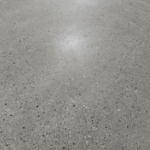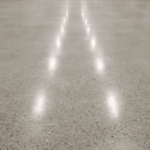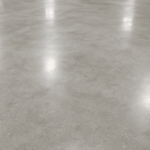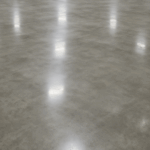Screeds
- Home
- Screeds
Screed: The indispensable basis for perfect floors
Whether in new builds or renovations, screed forms the foundation for almost any floor covering. It is a layer that is applied to the load-bearing substrate or an intermediate insulating or separating layer to create an even, stable and resilient surface for tiles, parquet, carpet or other coverings. However, screed is much more than just a leveling layer. It fulfills a variety of technical functions and its quality is crucial for the durability and functionality of the entire floor structure. As your competent partner in screed construction, we offer you the entire spectrum of modern screed solutions, professionally planned and executed.
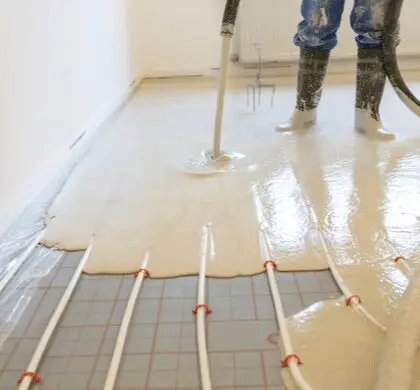
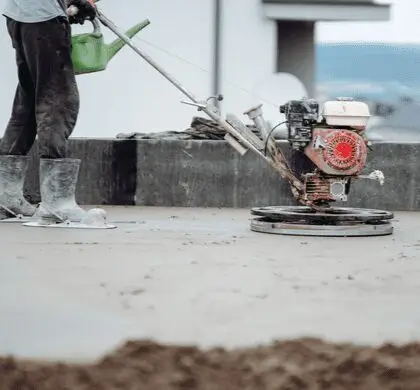
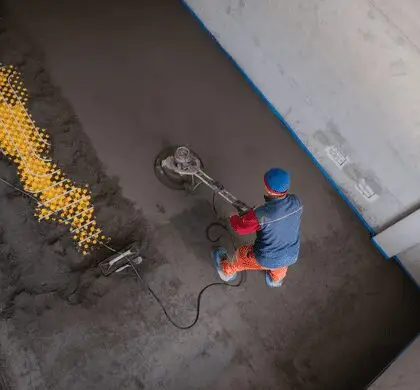
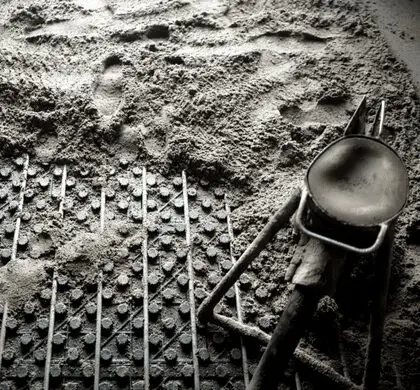
The most important types of screed and their characteristics
Depending on the specific requirements of a building project, different screed systems are used, which differ mainly in terms of the binder used and the resulting properties:
The cement screed (CT) is the tried and tested classic and the most commonly used type of screed. It is based on cement as a binder and hardens through a chemical reaction with water (hydraulic). It owes its popularity to its robustness, high final strength and insensitivity to moisture after complete drying out, combined with a good price-performance ratio. The downside is the relatively long drying time until it is ready for covering (often 4-8 weeks or more) and a certain tendency to shrink during drying, which can lead to cracks if not processed properly. It can be used universally - indoors and outdoors, from cellars to attics, in residential and commercial buildings.
In dry interior construction, the calcium sulphate screed (CA/CAF)often referred to as anhydrite screed, has established itself in dry interior construction. Its binder is calcium sulphate and it hardens by absorbing water of crystallization. Its strengths include quick accessibility after installation, very low shrinkage (minimizes cracking) and good thermal conductivity, which makes it particularly suitable for underfloor heating systems. As a flowing screed (CAF), it also enables very even surfaces with rapid installation. Its main disadvantage is its permanent sensitivity to moisture, which precludes its use in outdoor areas or permanently damp rooms. Typical applications are therefore residential and office spaces.
A special system is the mastic asphalt screed (AS) is a special system. This screed is installed hot on a bitumen basis and solidifies purely physically through cooling. Its outstanding advantages are immediate waterproofing after cooling and excellent impact sound insulation. As it does not absorb building moisture and can be used quickly, it is ideal for renovations. The surface is dust-free and can be laid without joints. Disadvantages are the technically demanding hot installation with special equipment and the development of odors, the generally higher costs and lower resistance to high point loads compared to harder screeds (depending on the selected hardness class IC). It is preferably used in high-quality residential construction, for renovations and as waterproofing.
When maximum performance is required, the synthetic resin screed (SR) comes into play. It uses reactive resins (such as epoxy, polyurethane or PMMA resins) as binders, which harden through a chemical reaction. Its strengths lie in its extremely fast curing (often within hours to days), very high mechanical strength and chemical resistance, as well as the ability to achieve very low layer thicknesses. It is also waterproof. These advantages are offset by significantly higher costs and very demanding processing, which requires precise mixing ratios and ambient conditions. Typical areas of application include industrial halls, commercial areas, workshops, commercial kitchens, time-critical renovations and decorative floor designs.
In addition, the magnesia screed (MA) which plays a subordinate role today and is primarily used in special industrial applications.
Comparison of screed types:
| Type (abbreviation) | Features & advantages | Disadvantages & use |
|---|---|---|
| Cement screed (CT) | Binder: Cement; Hardening: Hydraulic; Advantages: Robust, moisture-resistant (dry), inexpensive | Disadvantages: Long drying time, shrinkage cracks possible; Application: Universal (indoor/outdoor, residential, commercial, basement) |
| Calcium sulphate (CA/CAF) | Binder: Calcium sulphate; Hardening: Crystalline; Advantages: Quick to walk on, low shrinkage, good for FBH, flowing screed | Disadvantages: Sensitive to moisture; Use: Dry indoor spaces (living, office) |
| Mastic asphalt screed (AS) | Binder: Bitumen; Hardening: Physical (cooling); Advantages: Waterproof, sound-insulating, quick to use | Disadvantages: Hot installation, odor, more expensive; Use: residential (comfort), renovation, waterproofing |
| Synthetic resin screed (SR) | Binder: Reactive resins; Hardening: Chemical; Advantages: Extremely fast, very strong, chem. resistant, thin | Disadvantages: Expensive, demanding processing; use: industrial, commercial, rapid refurbishment, special floors |
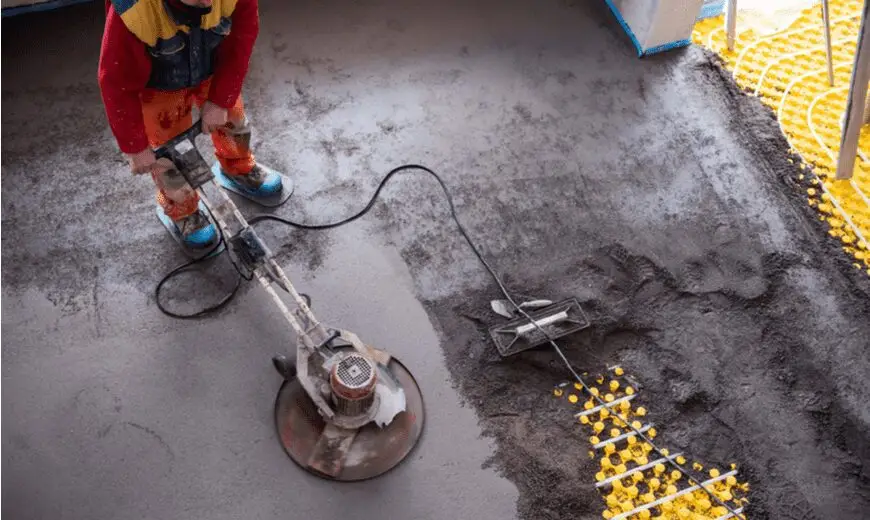
Construction methods: How is screed laid?
There are different installation methods depending on the requirements for adhesion, sound insulation or thermal insulation:
- Bonded screed: The screed is applied directly and friction-locked to the prepared, load-bearing substrate. Provides maximum load-bearing capacity, but no sound or thermal insulation.
- Screed on a separating layer: A thin layer (e.g. PE film, bitumen paper) separates the screed from the substrate. This prevents a firm bond and allows slight movement.
- Floating screed: The most common variant in residential and office buildings. The screed lies "floating" on an insulating layer (thermal and/or impact sound insulation) and is separated from all walls and supports by edge insulating strips. Provides optimum sound and thermal insulation.
- Heated screed: A sub-type of floating screed in which the pipes or mats of an underfloor heating system are embedded in the screed compound.
Quality criteria: What is important for good screed?
A high-quality screed is characterized by several factors that are decisive for its subsequent use:
- Flatness: The surface must comply with the tolerances specified in DIN 18202 so that the floor covering can be laid without any problems.
- Strength: The compressive and flexural tensile strength (classes according to DIN EN 13813) must be adapted to the planned use.
- Readiness for covering: The screed must be sufficiently dry, especially for moisture-sensitive coverings. This is reliably determined for cement and calcium sulphate screeds using the CM measurement (calcium carbide method). Laying too early can lead to serious damage! For mastic asphalt and synthetic resin, the cooling and curing time is decisive.
- Crack-free: Unplanned cracks should be avoided through professional planning (joints!), choice of material, processing and post-treatment or cooling.
- Correct construction: The planned thickness must be adhered to and the construction (e.g. edge insulation strips for floating screed) must be carried out professionally.
Planning and implementation: trust the specialist
Choosing the right screed, correct dimensioning and professional execution are crucial for a permanently functioning floor structure. Screed errors can be difficult and costly to rectify at a later date. You can therefore rely on the experience and expertise of a qualified specialist company. We provide you with comprehensive advice, plan the optimum screed solution for your project and ensure perfect craftsmanship to the highest quality standards.
Frequently asked questions (FAQ)
There is no such thing as the "best" screed. The optimal choice always depends on the specific requirements of your project: In which room will it be laid (humidity?), is underfloor heating planned, how quickly does the floor need to be usable again, what load will it be exposed to and what floor covering should be on it? We analyze your requirements in detail and provide you with manufacturer-neutral advice in order to find the most technically and economically suitable screed solution for your project in Germany.
If speed is of the essence, mastic asphalt screeds (usable immediately after cooling) or synthetic resin screeds (often fully loadable after hours/a few days) are the fastest options, but also the most expensive. Calcium sulphate screeds (anhydrite) dry significantly faster than standard cement screeds. Another option without drying time is dry screed. We can advise you on the respective advantages and disadvantages as well as possible measures to accelerate the drying of cement or calcium sulphate screeds.
For areas that are regularly or potentially exposed to moisture, cement screed is the safest and most frequently used choice due to its insensitivity to water. Calcium sulphate screed (anhydrite) is fundamentally unsuitable for this, as it is damaged by moisture penetration. Only with very complex and absolutely safe sealing measures over the CA screed would its use be conceivable, but we rarely recommend this.
While the installation of dry screed panels can be feasible for very experienced DIY enthusiasts, it is generally not advisable to install wet screeds (such as cement or calcium sulphate screeds) yourself. The correct mixing ratio, the correct installation height and evenness, professional compaction and smoothing as well as the decisive assessment of readiness for covering require specialist knowledge and experience. Mistakes here can lead to considerable problems and subsequent costs. We guarantee professional execution in accordance with all applicable standards.
"Flowing screed" does not refer to a specific type of screed based on the binder, but rather the consistency and installation method. It is a wet screed with a very low viscosity that is largely self-levelling during installation and therefore produces particularly even surfaces. Calcium sulphate screeds (anhydrite screeds) are most frequently produced as flowing screeds, as they naturally have good flow properties. However, cement screeds can also be specially formulated as flowing screeds.
